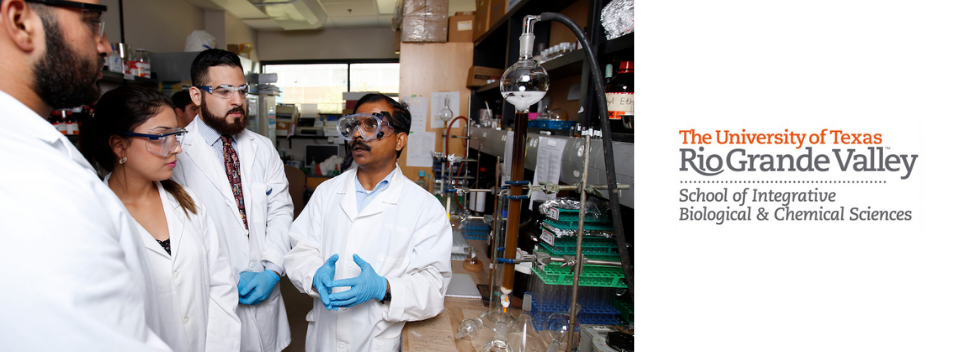
School of Integrative Biological & Chemical Sciences Faculty Publications and Presentations
Document Type
Article
Publication Date
10-19-2023
Abstract
Neurodevelopmental and neurodegenerative disorders are primarily characterized by serious structural and functional changes in excitatory glutamatergic synapses in the brain, resulting in many synaptic deficits and aberrant synapse loss. It is a big challenge to reverse these synaptic impairments as a treatment for neurological diseases in the field. Extensive research on glutamate receptors as therapeutic targets has been done but with little success shown in human trials. PSD-95-like MAGUK proteins perform a pivotal role in regulating the trafficking and stability of glutamate receptors that are important to postsynaptic structure and function. MAGUK and MAGUK-modulated synaptic pathways are becoming promising candidates for developing therapeutic targets. As a MAGUK protein, SAP102 is not understood well compared to PSD-95. Here, we review the current research on SAP102 including its synaptic functions and regulation, especially its expression and functions in the early stage of synaptogenesis and the association with neurodevelopmental disorders. This review presents valuable information for future structural and functional studies of SAP102 to reveal its roles in young and mature neurons. It provides clues for developing potential remedies to reverse synaptic impairments and strategies to grow new neurons.
Recommended Citation
De Los Reyes, Dominique Alexandra, Mohammad Yaman Karkoutly, and Yonghong Zhang. "Synapse-associated protein 102–a highly mobile MAGUK predominate in early synaptogenesis." Frontiers in Molecular Neuroscience 16 (2023): 1286134. https://doi.org/10.3389/fnmol.2023.1286134
Creative Commons License

This work is licensed under a Creative Commons Attribution 4.0 International License.
Publication Title
Frontiers in Molecular Neuroscience
DOI
10.3389/fnmol.2023.1286134


Comments
© 2023 De Los Reyes, Karkoutly and Zhang. This is an open-access article distributed under the terms of the Creative Commons Attribution License (CC BY). The use, distribution or reproduction in other forums is permitted, provided the original author(s) and the copyright owner(s) are credited and that the original publication in this journal is cited, in accordance with accepted academic practice. No use, distribution or reproduction is permitted which does not comply with these terms.